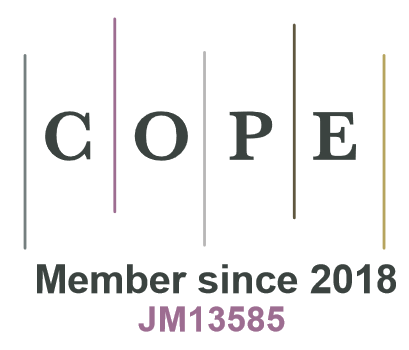Articles containing the keyword 'coniferous seedlings'
Category : Article
Since 1954 studies have been carried out by the Department of Plant Pathology of Agricultural Research Centre on occurrence of low-temperature parasitic fungi in nurseries in Finland. This paper reports analysis of the damage caused by the fungus to Scots pine (Pinus sylvestris L.) and Norway spruce (Picea abies (L.) H. Karst.) seedlings.
In Southern and southwestern Finland, scarcely any damage caused by low-temperature parasitic fungi to coniferous seedlings was found. On the other hand, in Central, Eastern and Northern Finland, considerable injuries were present in the seedlings. The extent of damage varies between different localities and in a same location from year to year. The extent of damage is mostly dependent on snow cover which is heaviest in Central and Northern Finland. Damages are largest in wooded areas and in places where snow accumulates abundantly and remains until late in the spring.
The principal cause of winter damage to spruce seedlings is Hepotricia nigra (Hartig) which causes black snow mould. Depending on the amount of infestation, the damage can be limited to scattered groups or consist of large areas of dead seedlings. The fungus is unable to infect the plants during warm months of the growing season. The most damaging parasitic fungus in Scots pine is Phacidium infestans (Karst.) causing snow blight. The infestation varies from reddish-brown patches of infected seedlings to large areas of infected plants. Also, Botrytis cinerea has been determined from one- and two-year plants of pine and spruce.
In trials of chemical control by PCNB (pentachloronitrobenzene) gave nearly complete control of low-temperature parasitic fungi in one-year spruce seedlings. In addition, a compound of zineb (Dithane Z-78) gave similar results. Chemical control of the fungi is now common in the nurseries.
The PDF includes a summary in English.
Category : Review article
In the Nordic countries Finland, Norway and Sweden, the most common regeneration method is planting after clearcutting and, often, mechanical site preparation (MSP). The main focus of this study is to review quantitative effects that have been reported for the five main MSP methods in terms of survival and growth of manually planted coniferous seedlings of Norway spruce (Picea abies (L.) Karst.), Scots pine (Pinus sylvestris L.) and lodgepole pine (Pinus contorta var. latifolia Engelm.) in clearcuts in these three countries. Meta analyses are used to compare the effects of MSP methods to control areas where there was no MSP and identify any relationships with temperature sum and number of years after planting. In addition, the area of disturbed soil surface and the emergence of naturally regenerated seedlings are evaluated. The MSP methods considered are patch scarification, disc trenching, mounding, soil inversion and ploughing. Studies performed at sites with predominately mineral soils (with an organic topsoil no thicker than 0.30 m), in boreal, nemo-boreal and nemoral vegetation zones in the three Fenno-Scandinavian countries are included in the review. Data from 26 experimental and five survey studies in total were compiled and evaluated. The results show that survival rates of planted conifers at sites where seedlings are not strongly affected by pine weevil (Hylobius abietis L.) are generally 80–90% after MSP, and 15–20 percent units higher than after planting in non-prepared sites. The experimental data indicated that soil inversion and potentially ploughing (few studies) give marginally greater rates than the other methods in this respect. The effects of MSP on survival seem to be independent of the temperature sum. Below 800 degree days, however, the reported survival rates are more variable. MSP generally results in trees 10–25% taller 10–15 years after planting compared to no MSP. The strength of the growth effect appears to be inversely related to the temperature sum. The compiled data may assist in the design, evaluation and comparison of possible regeneration chains, i.e. analyses of the efficiency and cost-effectiveness of multiple combinations of reforestation measures.


